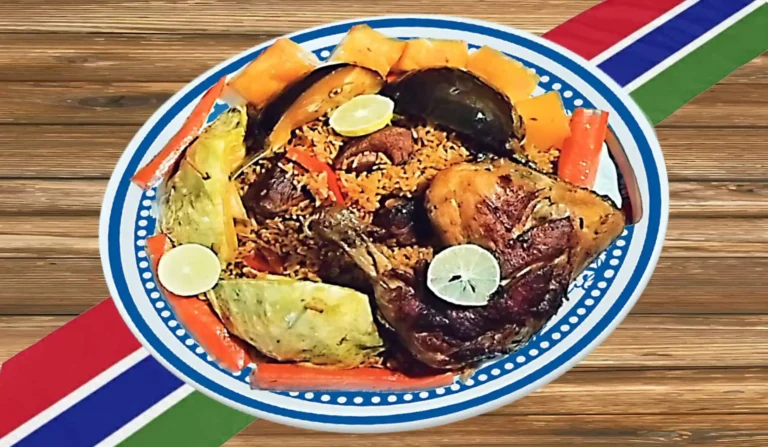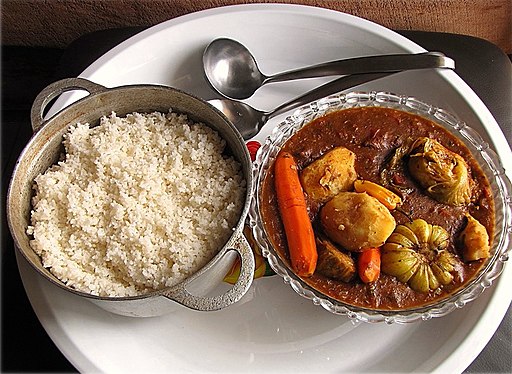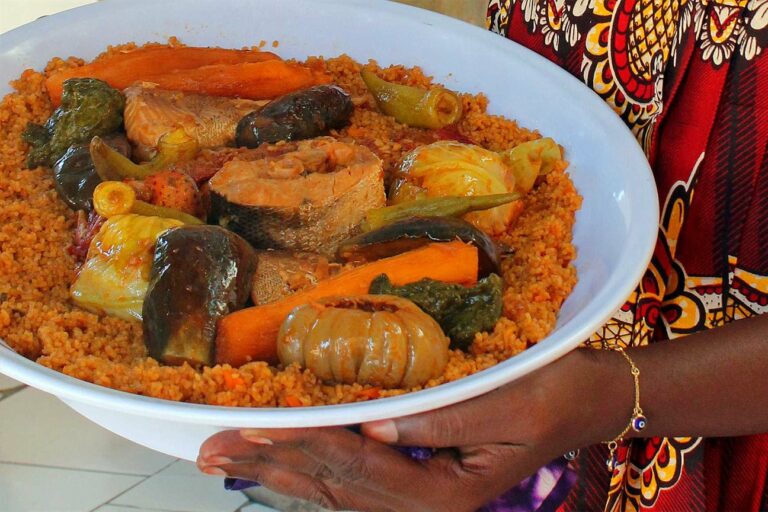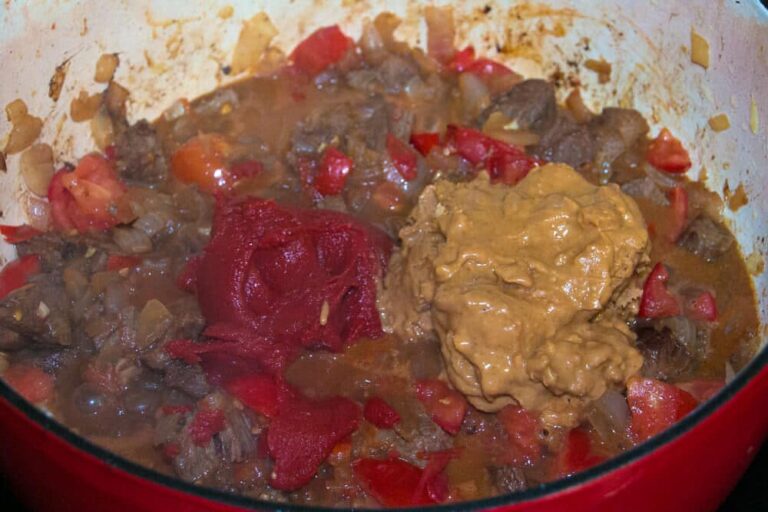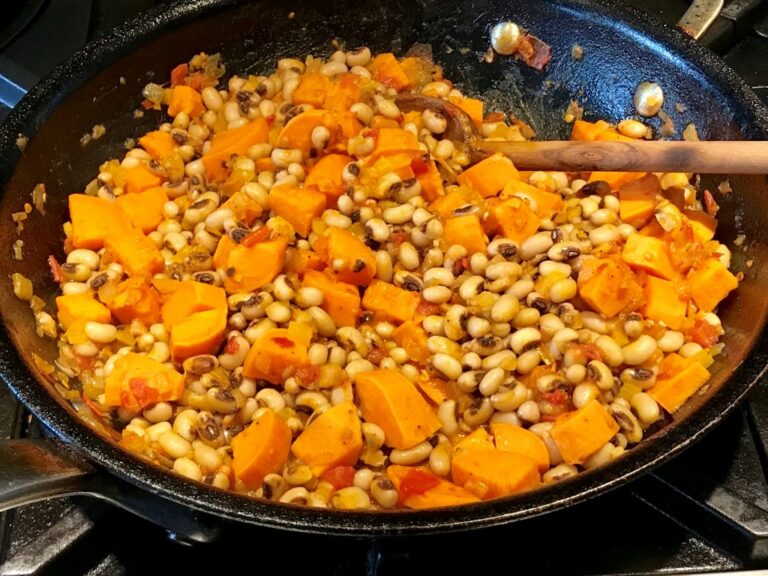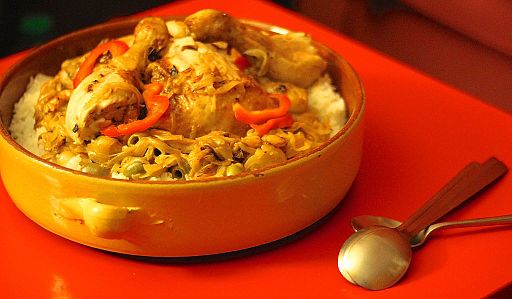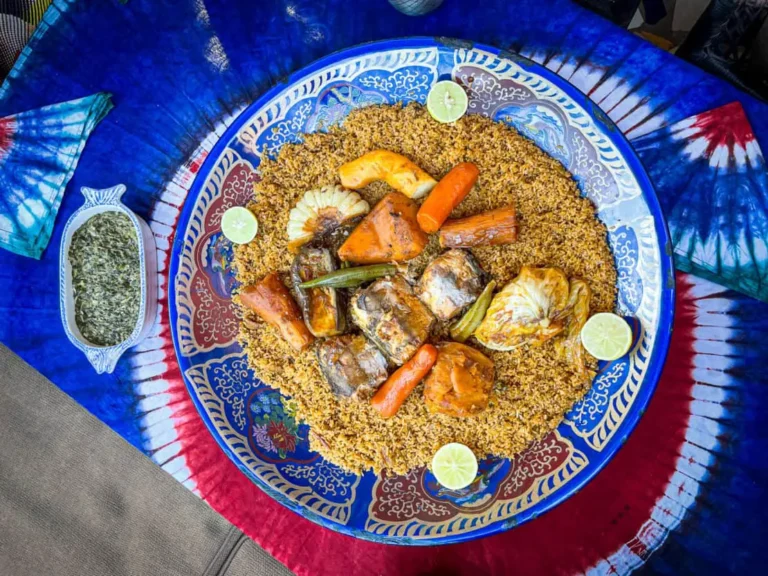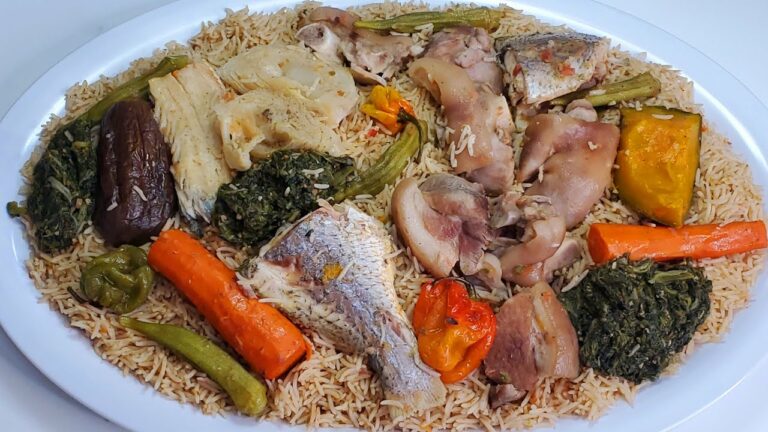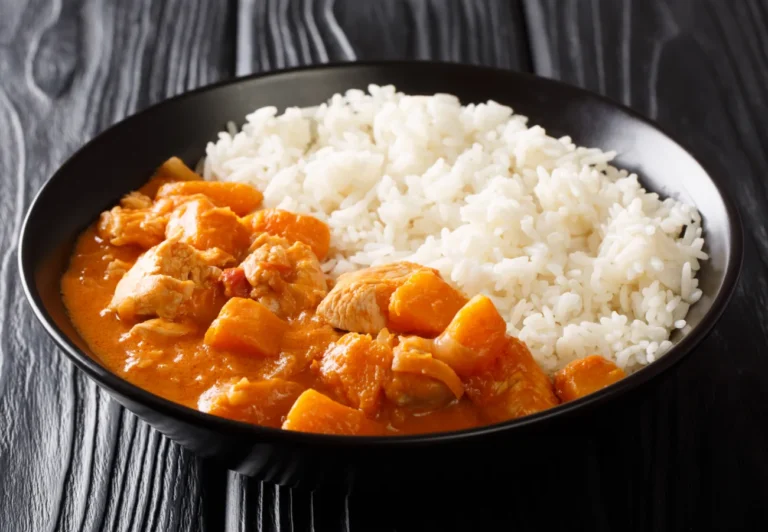Introduction: Discovering Gambian Cuisine
Gambia is a small country on the West African coast, famous for its sandy beaches and vibrant culture. Along with its stunning natural beauty, the country has a rich culinary heritage that is worth exploring. Gambian cuisine is a fusion of African, European, and Middle Eastern influences, with a range of spices and flavors that are sure to tantalize your taste buds. While the main courses are often the highlights of the Gambian dining experience, the snacks and appetizers are not to be missed either. In this article, we will explore some of the unique Gambian snacks and appetizers that are popular among locals and visitors alike.
Traditional Gambian Snacks: A Culinary Delight
Gambians love their snacks, and you will find plenty of street vendors selling delicious treats in every corner of the country. Some of the most popular traditional snacks include roasted groundnuts, fried plantains, and grilled corn on the cob. However, there are also some less known snacks that are unique to Gambia and deserve more attention.
Bantaba: A Crispy and Crunchy Snack
Bantaba is a type of snack that is made from cassava flour, water, and sugar. The mixture is rolled into small balls and deep-fried until crispy and golden-brown. The result is a crunchy and slightly sweet snack that is perfect for dipping in peanut butter or any other sauce of your choice. Bantaba is often sold by street vendors and is a popular snack among school children and adults alike.
Tapalapa Bread: A Must-Try in Gambia
Tapalapa bread is a staple food in Gambia, and is often used as a base for sandwiches or served with stews and soups. The bread is made from wheat flour, water, sugar, and yeast, and is known for its crispy crust and soft center. It is usually baked in a wood-fired oven, which gives it a unique smoky flavor. Tapalapa bread is also easy to find in bakeries and supermarkets in Gambia, and is a must-try for anyone visiting the country.
Akara: A Tasty and Nutritious Appetizer
Akara is a popular snack in many African countries, and Gambia is no exception. It is made from black-eyed peas that are ground into a paste, mixed with onions, peppers, and spices, and then deep-fried until golden and crispy. Akara is not only tasty but also nutritious, as black-eyed peas are a good source of protein and fiber. It is often served with a spicy pepper sauce and can be eaten as a snack or an appetizer.
Kankelou: A Sweet and Savory Treat
Kankelou is a sweet and savory snack that is made from a mixture of peanuts, sugar, and spices. The peanuts are roasted and then mixed with sugar, chili powder, and salt to create a unique flavor that is both sweet and spicy. Kankelou is often sold by street vendors and is a popular snack among locals. It is also a good source of protein and can be eaten as a quick and satisfying meal on the go.
Conclusion: Exploring the Flavors of Gambia
Gambia has a rich culinary heritage that is sure to delight anyone who loves good food. From the main dishes to the snacks and appetizers, there is something for everyone in this vibrant West African country. Whether you’re looking for something sweet, savory, or spicy, the unique snacks and appetizers of Gambia are not to be missed. So, the next time you visit this beautiful country, be sure to explore the flavors and discover the culinary delights of Gambia.

